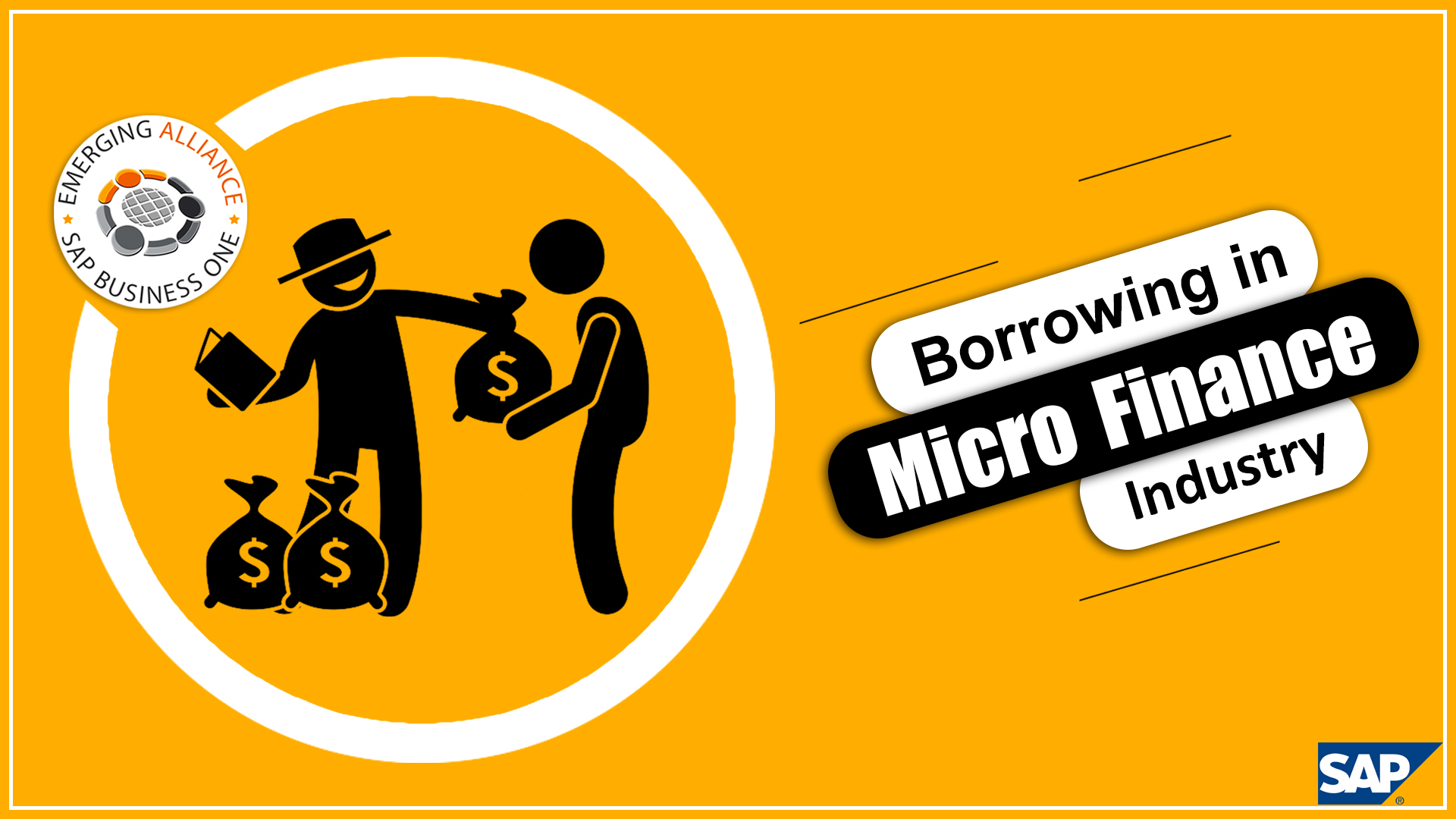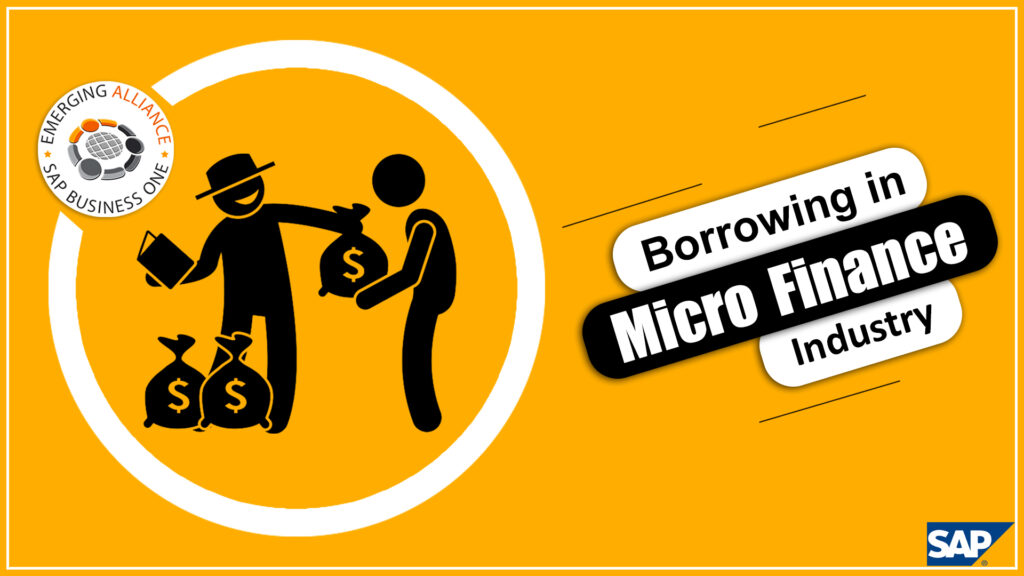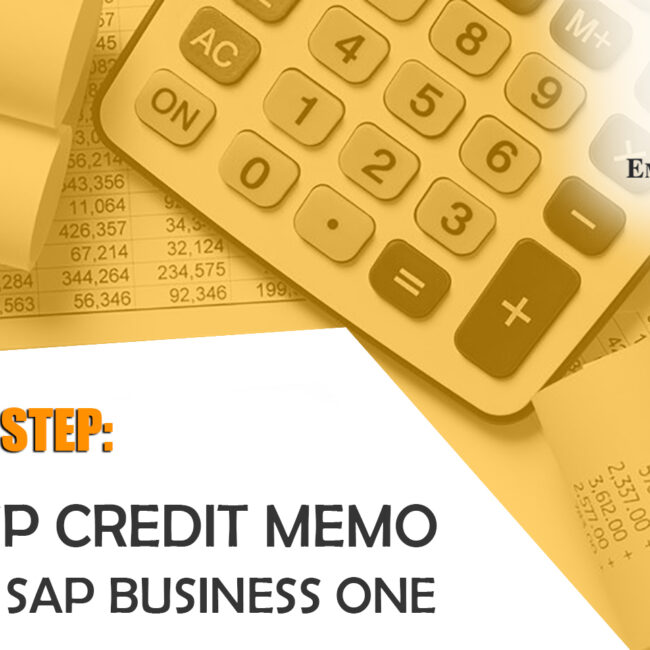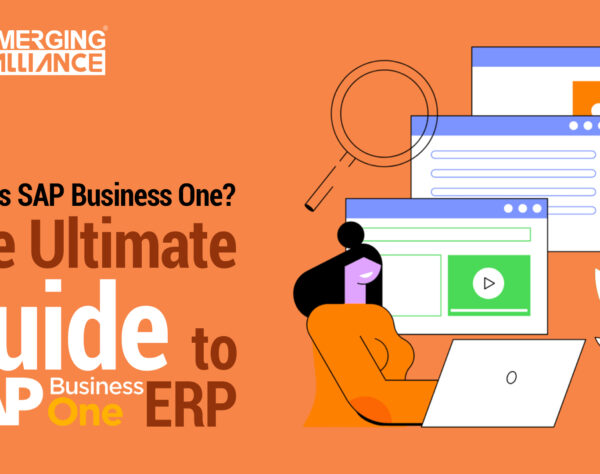
BORROWING IN MICRO FINANCE INDUSTRY

|
|
Borrowing Feature works in
SAP B1 Module:
Borrowing is a key feature in the micro finance industry. How the borrowing feature or the module works in SAP Business One add-on developed by Emerging Alliance? Currently what all the micro finance industry does is, they have borrowing or lending executed with an institution or a bank. And they basically generate a schedule, which is nothing but the number of payments to be made, for example 1,2,3,4. Each of these schedule has the principal, interest to be paid, TDS and the entire calculation.
Like this, the micro finance company basically has got multiple borrowings, executed with different banks and they have multiple schedules and so on. What happens in the current state business process of the micro finance industry? Each of the schedule is separately executed as an entry in their financial accounting system. For example, the schedule 2 needs to have a separate entry, similarly schedule 3 also needs to have a separate entry in the accounting system. Here entry means a separate journal entry.
SAP Business One has a unique feature called as Consolidation
in a separate screen, if we choose the date and month of processing the above individual schedules, It brings schedule number 4 into the consolidation screen and it would list about the principal, interest, TDS and total EMI. And similarly bring all the details from schedule 1, 2, 3 and 4 into the consolidation screen. SAP Business One add-on by Emerging Alliance consolidates all the scheduled line items in a single screen. For example, for this particular month these are the list of EMI’s to be paid. In which, what is the principal, interest, TDS calculations on the total EMI.
Not only that, it allows you to edit any of these information and using ‘add’ Icon, system automatically posts all the journal entry for these details at the backend. We can see the system basically pushes the journal entry for these at the backend and manual work is eliminated. The SAP automates this process by consolidating each of the scheduling line items which are due for the month, and it allows you to even edit the principals and interests if it is required.
If there is any issue in one of the journal entries passed. For example, it was approved to pass a particular entry which is the principal line interest entry, and if that’s not the case to be reversed, we also have a reverse functionality built in, so that one particular line item can always be reversed.
Get started today.
Visit: www.emerging-alliance.com







